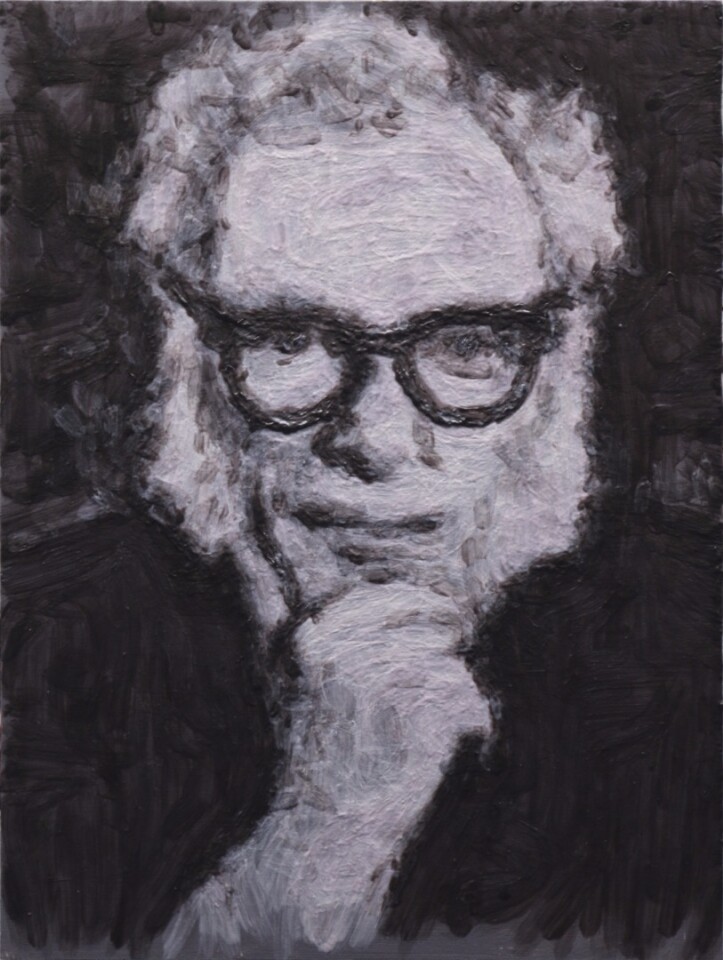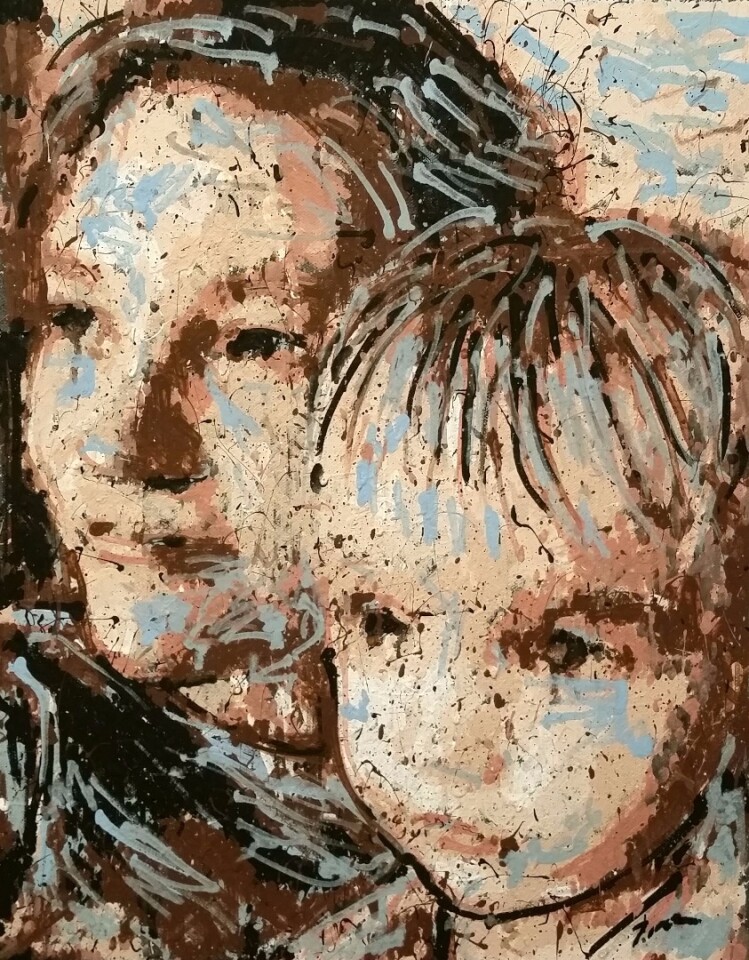While people sometimes worry about robots taking away human jobs by automating and executing various tasks, it's been generally accepted that in the realm of creative endeavors like art and music, machines will always lose to man. But, as we reported last year, robots paired with ever-more advanced algorithms are starting to become quite the painters. A robot even created a brand-new Rembrandt work earlier this year. To recognize this burgeoning field of robot art, a new contest has been launched by website RobotArt.org, and you can help determine which mechanical painter will win.
The contest allows entrants to participate in two categories – either art that is completely created by a robot and software, or works that are created with a bit of human assistance.
As an example of an entry in the first category, there's this image of Isaac Asimov painted by the system known as e-David from the University of Konstanz.

eDavid uses a visual feedback loop wherein the canvas is monitored by a camera and as each bit of paint is applied, the machine gets direction on how to make amendments to its process to create the goal image. It's a bit like an artist stepping back from the canvas periodically to see how his work is progressing.
As a sample from the second category is this image made by the cloudPainter at George Washington University, called "Bonnie and Corinne."

"If you watch the time-lapse [below], you will see how the robot began with a photo and tried to paint away the differences between what it saw on the canvas and the photo," says cloudPainter's founder Pindar Van Arman.
"The canvas is on the left, its interpretation of the difference in values is in the middle, and the photo is on the right. As it calculates and removes differences between the canvas and photo, you will see the difference map become lighter. Also included are manual brush strokes made by me through a touchscreen interface. The robot used my strokes as a guide to create other strokes similar in length and color to the ones I made."
Proving that the way robots paint can be as varied as the way humans create, there are 71 entries in all, making use of at least 14 different technologies, including one from EyePaint, a system from Imperial College London that tracks eye movements to guide a robotic painting arm; TAIDA from National Taiwan University, which starts with an underlying layer of paint and builds the image up from that; and A1 from Carnegie Mellon University, in which a robotic arm gently guides a paintbrush held by a human, encouraging him to make particular strokes.
To view the entire lineup, you can visit the competition page. After signing up with a Facebook account, you'll be granted 10 tokens which you can use to vote for your favorites. A total of US$100,000 in prize money will be awarded, including $30,000 for the first prize in the automated category and a $10,000 first prize for the manual-assist category. All prize money is awarded to the school from which the creators of the robotic painters hail. Voting closes on May 10.











